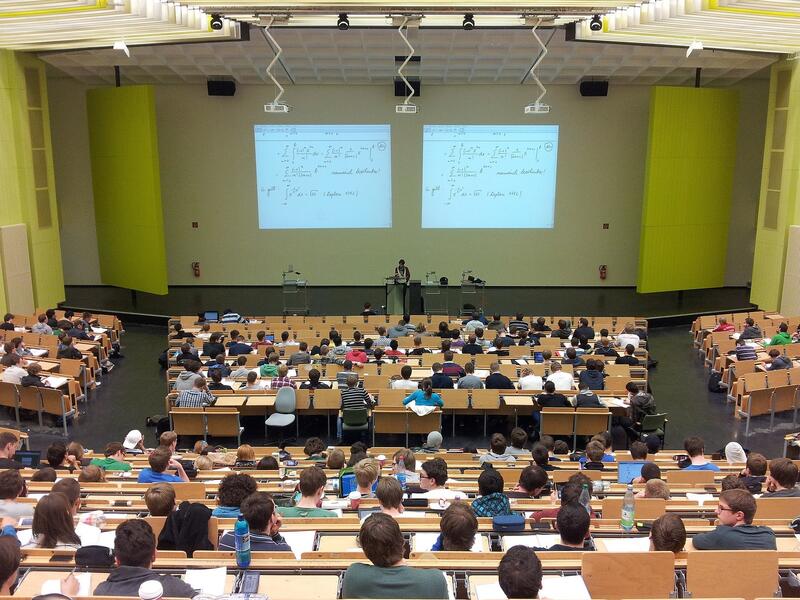Charting the Course to Decarbonization in Higher education: Strategies and Initiatives
This article explores strategies and initiatives that higher education institutions can implement to achieve decarbonization and reduce their carbon footprint.

Introduction
The Higher Education sector is a significant contributor to carbon emissions globally. The sector is responsible for a range of activities that emit carbon, including energy consumption, transportation, and waste management. As such, decarbonisation in the Higher Education sector is crucial in mitigating the effects of climate change. Decarbonisation refers to the process of reducing carbon emissions to zero or near-zero levels. This article addresses the importance of decarbonisation in the Higher Education sector, the main sources of carbon emissions, strategies for reducing emissions, challenges facing decarbonisation, and the implications of decarbonisation.
Importance of Decarbonisation in the Higher Education Sector
The Higher Education sector has a critical role to play in addressing climate change. The sector has a responsibility to reduce its carbon emissions and to educate students on the importance of sustainability. By decarbonising, the Higher Education sector can reduce its carbon footprint and contribute to global efforts to mitigate climate change. Furthermore, decarbonisation can lead to cost savings, improved energy efficiency, and increased resilience to climate change impacts.
Main Sources of Carbon Emissions in the Higher Education Sector
The Higher Education sector is responsible for a range of activities that emit carbon. The main sources of carbon emissions in the sector include energy consumption, transportation, and waste management. Energy consumption is the largest contributor to carbon emissions in the sector, accounting for approximately 60% of emissions. The use of electricity and natural gas in buildings, including classrooms, laboratories, and offices, is the primary source of energy consumption. Transportation is the second-largest contributor to carbon emissions in the sector, accounting for approximately 20% of emissions. The use of personal vehicles, buses, and airplanes for commuting and traveling to conferences and events contributes to transportation emissions. Waste management is the third-largest contributor to carbon emissions in the sector, accounting for approximately 10% of emissions. The disposal of waste in landfills and incineration facilities emits greenhouse gases, including methane and carbon dioxide.
Strategies for Reducing Carbon Emissions in the Higher Education Sector
The Higher Education sector can reduce its carbon emissions through a range of strategies. The following are some of the strategies that can be employed:
- Energy Efficiency: The sector can improve energy efficiency in buildings by using energy-efficient lighting, heating, ventilation, and air conditioning systems. The sector can also install renewable energy systems such as solar panels, wind turbines, and geothermal systems.
- Transportation: The sector can reduce transportation emissions by promoting active transportation, such as walking and cycling, and by providing public transportation options. The sector can also encourage the use of electric and hybrid vehicles.
- Waste Management: The sector can reduce waste emissions by implementing waste reduction and recycling programs. The sector can also use composting and anaerobic digestion to reduce the amount of waste sent to landfills.
- Education: The sector can educate students and staff on the importance of sustainability and the role they can play in reducing carbon emissions. The sector can also incorporate sustainability into the curriculum.
Challenges Facing Decarbonisation in the Higher Education Sector
The Higher Education sector faces several challenges in decarbonising. The following are some of the challenges:
- Funding: Decarbonisation requires significant financial resources, and the Higher Education sector may face challenges in securing funding for renewable energy systems and energy-efficient buildings.
- Infrastructure: The Higher Education sector may face challenges in retrofitting existing buildings to improve energy efficiency and installing renewable energy systems.
- Behavioural Change: Decarbonisation requires a change in behaviour, and the Higher Education sector may face challenges in encouraging students and staff to adopt sustainable practices.
- Regulatory Framework: The Higher Education sector may face challenges in complying with regulations and policies related to decarbonisation.
Implications of Decarbonisation for the Higher Education Sector
Decarbonisation has several implications for the Higher Education sector. The following are some of the implications:
- Cost Savings: Decarbonisation can lead to cost savings through reduced energy consumption and improved energy efficiency.
- Improved Reputation: Decarbonisation can improve the reputation of the Higher Education sector by demonstrating a commitment to sustainability.
- Student Recruitment: Decarbonisation can attract students who are interested in sustainability and environmental issues.
- Research Opportunities: Decarbonisation can create research opportunities in renewable energy and sustainability.
Conclusion
Decarbonisation in the Higher Education sector is crucial in mitigating the effects of climate change. The sector can reduce its carbon emissions through strategies such as energy efficiency, transportation, waste management, and education. However, the sector faces challenges in decarbonising, including funding, infrastructure, behavioural change, and regulatory frameworks. Decarbonisation has several implications for the Higher Education sector, including cost savings, improved reputation, student recruitment, and research opportunities. By decarbonising, the Higher Education sector can contribute to global efforts to mitigate climate change and demonstrate a commitment to sustainability.